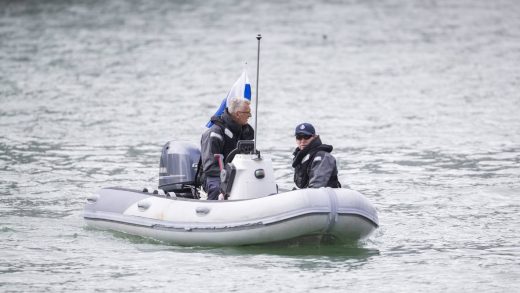
Petrol price monitoring app Gaspy has had a surge in membership numbers as fuel taxes were reintroduced.
Gaspy director Mike Newton said the app had almost 6500 new users on Friday, the day before the tax came back in full, and just over 3000 more on Saturday.
That compared to a normal rate of about 500 new members per day.
Data from the company on Sunday suggested petrol had jumped about 25c per litre across 91, 95 and 98 octane petrol.
Had the full tax increase been reintroduced, plus GST, the increase should have been about 29c.
It was possible this smaller increase was due to app users, who supply the updates on fuel rates at different service stations, not having had the chance to update all the prices yet.
Stuff
The price of fuel at Caltex on Newton Rd the day before and after fuel taxes were introduced.
Newton said there were 3856 price updates on Saturday.
“This number rarely goes over 1000 most days,” he said.
There were also 146,500 active users on Saturday and 132,000 Friday, compared with a normal rate of 35,000 to 60,000.
“The key indicator national average price for 91 is now at 264.8c. Prior to the tax being reinstated it had been hovering at or just below 240c,” Newton said.
“95 jumped from 259c to 282.9c and 98 jumped from 270c to 295.4c.”
Diesel prices had not changed.
Newton was also able to supply a rundown of the average price increase of fuel across different regions.
He said surprisingly it showed the entire expected increase in tax costs of 29c had not been passed on.
West Coast and Tasman districts had the lowest price increase on 91, at 20.6c and 23.3c.
Hawke’s Bay had the largest increase at 27.7c, with the likes of Waikato, Auckland, Wellington and Christchurch all registering increases a little above 26c.
“The entirety of the tax does not seem to have been passed on to the consumer which is certainly unexpected,” Newton said.
“So there’s a bit of variation showing regionally, but there are very likely to still be some stations, particularly remote ones, that haven’t yet been updated in Gaspy which could be skewing the data,” he said.
This skew would have a greater effect in low-population regions where there were fewer service stations, like West Coast, Tasman and Gisborne.
“It is interesting that Hawke’s Bay, one of the cheapest regions prior to the tax reinstatement, has seen the largest average increase,” Newton said.
“This has moved it from being the second-cheapest region to seventh.”


